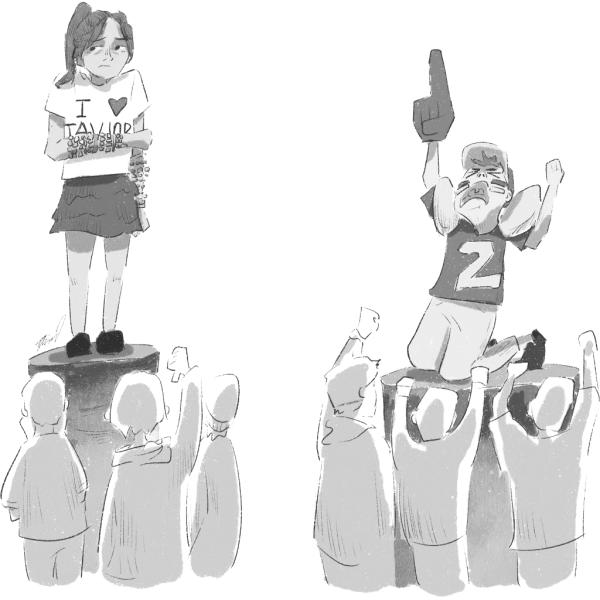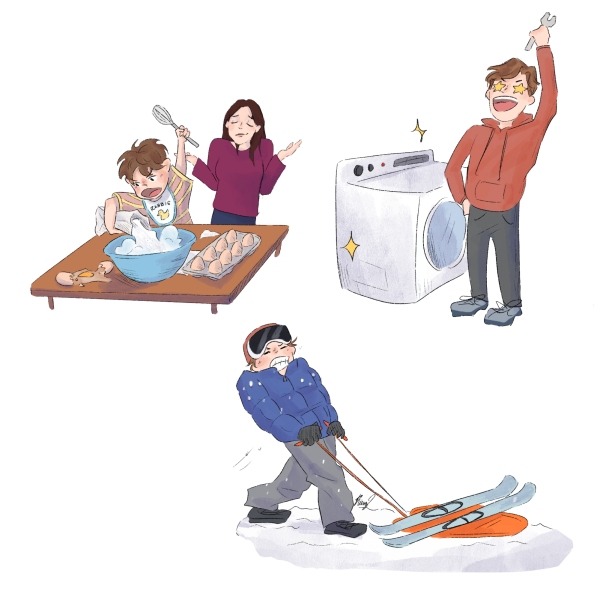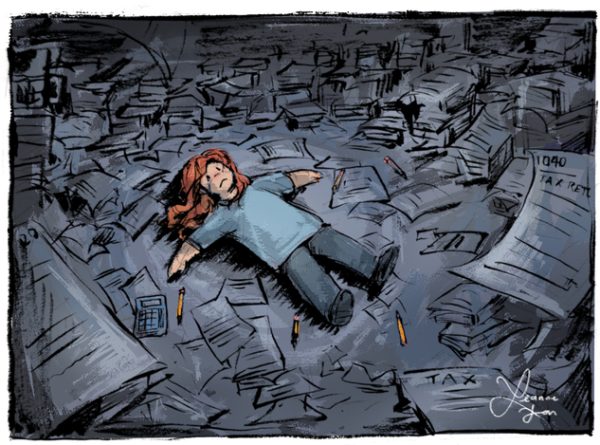Opinion: HBO’s Euphoria opens dialogue surrounding substance abuse
January 21, 2021
HBO Max released its pilot episode of the critically acclaimed series Euphoria on June 16, 2019. While the show’s debut received an outpour of praise from audiences for its striking visuals and captivating character plots, what followed was an uproar of criticism from angry adults claiming that the show can have a negative influence on younger viewers for its glorification of substance abuse. Some critics of the show, such as the conservative advocacy group Parents Television Council, even felt compelled to issue a public warning against the series, condemning HBO for “overtly and intentionally marketing extremely graphic adult content—sex, violence, profanity and drug use—to teens and preteens.”
I’ll admit it, I can understand the issue that a lot of these critics take with the show. The series does tackle very heavy topics, and although HBO markets Euphoria as TV-MA, its depiction of the teenage experience along with the attention its gained on social media is naturally going to attract younger audiences. Beyond this, anyone who’s watched the series knows that part of what makes Euphoria so alluring is the combination of its vibrant visuals, hypnotic background instrumentals, and colorful wardrobe—all of which are used to reflect the characters’ euphoric internal experience when using drugs—and it’s easy to see how some may view this as crossing the line between portrayal and glorification, a boundary that can be especially dangerous to push in the presence of young, impressionable minds.
But what many of the show’s critics fail to realize is that even while the series presents the exhilarating side of drug use, this does not make it a glorification. It makes it honest. In fact, Euphoria’s up-close portrayal of drug addiction succeeds where so many of today’s drug-education programs fall short when heavily relying on “this is your brain on drugs” propaganda in an attempt to scare students away from drug use. The show offers an important and honest insight into substance abuse by highlighting both its highs and lows to demonstrate how the knife cuts both ways: drug use can only keep down what we wish to suppress for so long until it all comes roaring back at a devastating magnitude.
“I think it’s crucial that film and television portray addiction in an honest way, that we allow for its complexities to play out,” said Sam Levinson, the show’s creator, in a recent interview with AP News. “That we show the allure of drugs, the relief they can bring, because that’s ultimately what makes them so destructive.”
According to Levinson, many of the scenes and events depicted in the series are actually based on his own experience with mental illness and drug addiction as a teen.
In the pilot episode, viewers are introduced to the series’ main character, Rue Bennett—a 17-year-old drug addict fresh out of rehab after a near fatal overdose lands her in the hospital the summer before her junior year. Almost immediately, we learn that Rue has struggled with an array of mental health disorders since infancy, and fell into drug use as a way to quiet the chaos inside her mind after her father’s terminal cancer diagnosis pushed her over the edge. Rue recounts the first time she realized that drugs had the ability to alleviate her pain in a powerful monologue that articulates the reality that so many face when turning to drugs as a way to self-medicate:
“Everything stops. Your heart. Your lungs. And finally your brain. And everything you feel and wish and want to forget, it all just sinks. I remember the first time it happened I got so scared I wanted to call 911, go to the hospital and get kept alive on machines and apple juice. And then over time, that’s all I wanted. Those two seconds of nothingness.”
Rue’s tendency to self-medicate with dangerous drugs in order to cope with her emotional turmoil happens more often among real-life addicts than one may expect. According to the National Institute on Drug Abuse, “multiple national population surveys have found that half of those who experience a mental illness during their lives will also experience a substance use disorder and vice versa.” Unfortunately, illicit drug use rates have gone up by about 36% since the Covid-19 pandemic started early last year, with Baptist Health Florida reporting that out of 1,000 American adults they surveyed, 53% of participants reported using drugs as a way to cope with stress while 32% reported using as a way to cope with mental illness symptoms such as anxiety and depression.
While Euphoria doesn’t shy away from depicting the fleeting bliss of drug use, there is no shortage of uncomfortable, hard-to-watch scenes that highlight the repercussions of substance abuse, and its ability to exacerbate mental illness.
In episode seven, after three months of sobriety and resisting the urge to relapse, Rue falls into a manic episode and eventually slips into a state of major depression, so much so that she refuses to get out of bed—not even to use the bathroom. Unsurprisingly, this results in a kidney infection and a three-day hospital stay.
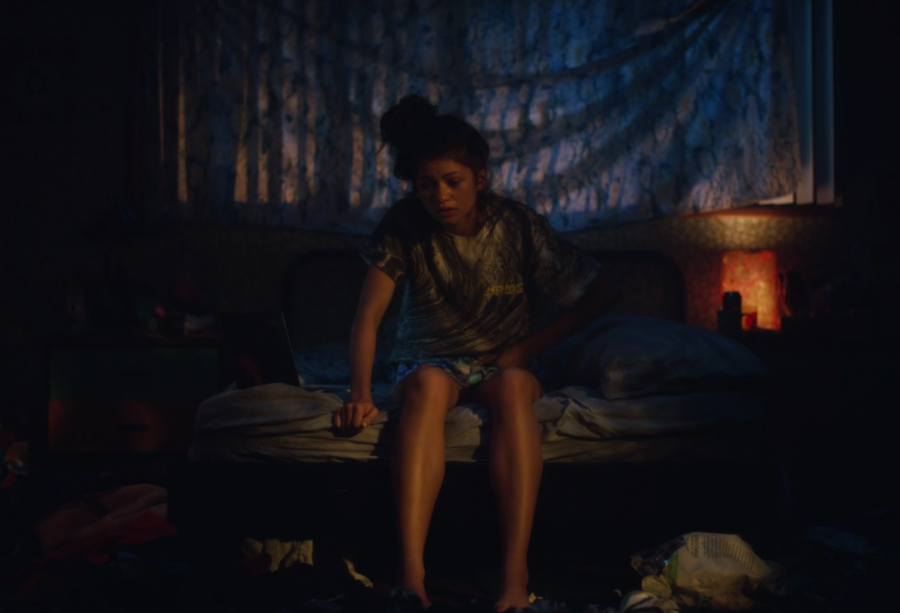
Perhaps even more unsettling to watch is a scene in episode two, where Rue is asked by her drama teacher to go on stage in front of her class and talk about an impactful memory from the previous summer. What the audience gets is a drawn-out, extremely uncomfortable close-up shot of Rue filled with anxiety, almost unable to speak as she’s forced to think through memories of her drug use, waking up in the hospital after her overdose, and a fight with her mother that got so violent she ended up threatening her with a shard of glass while high on cocaine. This is just one of the many stomach-churning scenes featured in the series that’s intentionally drawn out so viewers are forced to confront the dark side of substance abuse, and the havoc it wreaks on the user’s body and mind.
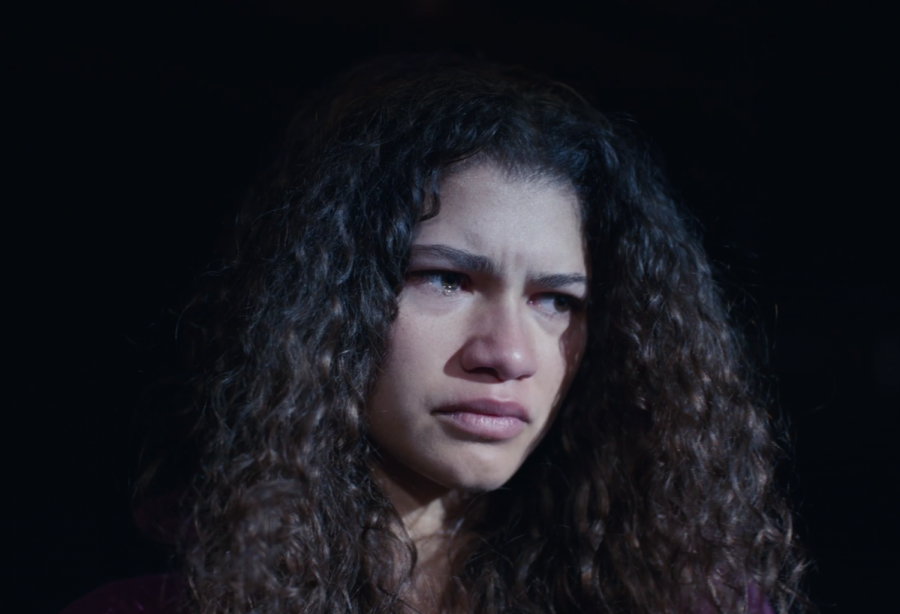
Today, drug addiction is recognized as a disease of the brain by medical professionals, but the cultural perception of it still remains one in which users are often demonized for being weak-willed and morally inept. While many television shows depicting substance abuse have tried and failed, Euphoria effectively chips away at this stigma and humanizes a population that’s largely misunderstood by the general public. The show never shies away from highlighting the ugliest sides of addiction, nor does it sugarcoat the truths about drugs that nobody wants to admit: they have the ability to evoke a strong sense of euphoria, and this is what makes them so difficult to quit despite the toll they take on the user and those around them—especially for addicts like Rue who use to cope with underlying mental illnesses and trauma.
Criticism aside, one thing is certain: Euphoria offers a rare insight into the deeply confusing and unsettling world of drug addiction that has helped open up a dialogue surrounding the interconnectivity of substance abuse and mental illness—a relationship that’s important to recognize so we can gain a better understanding of how to prevent drug addiction going forward.




